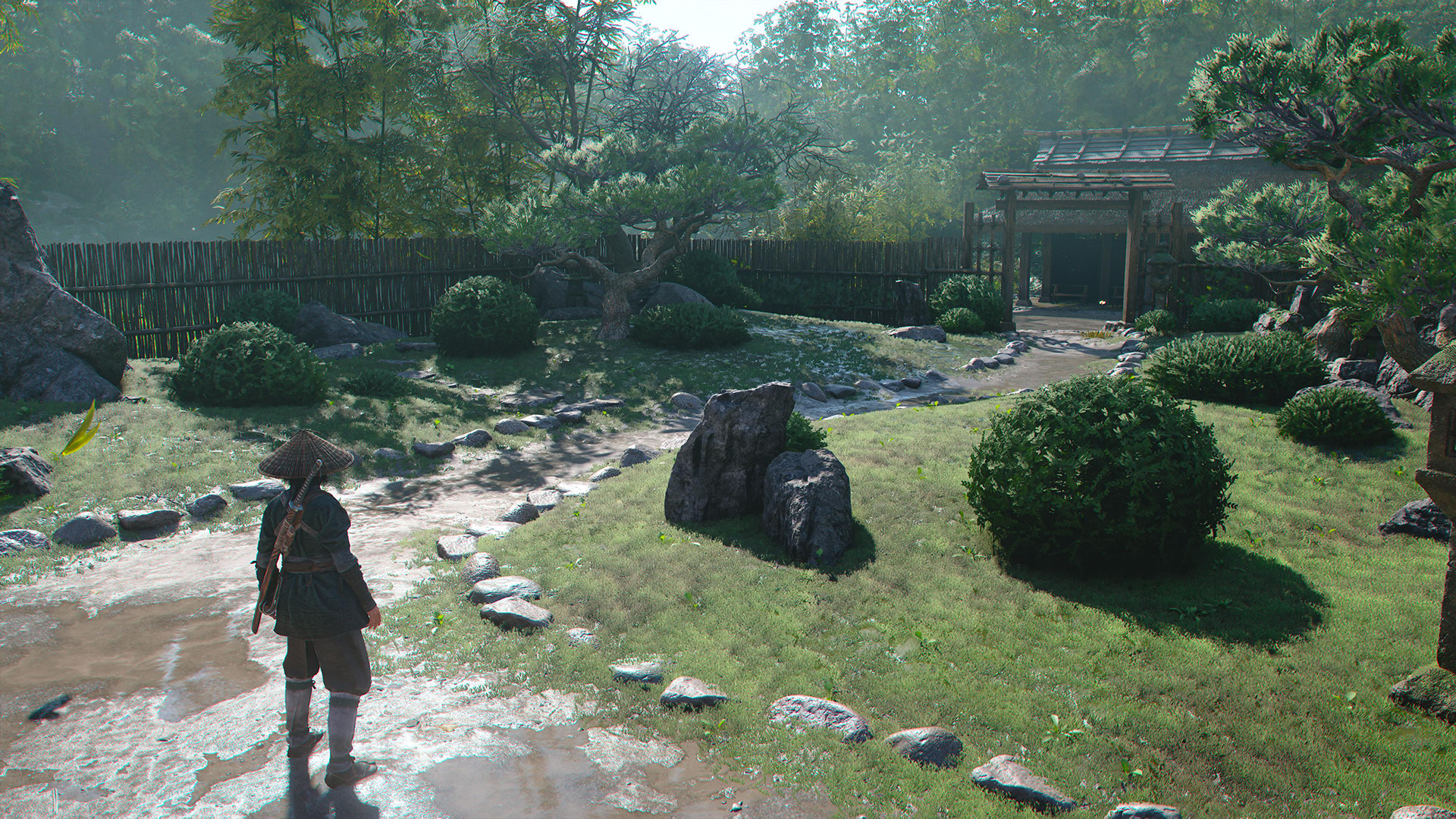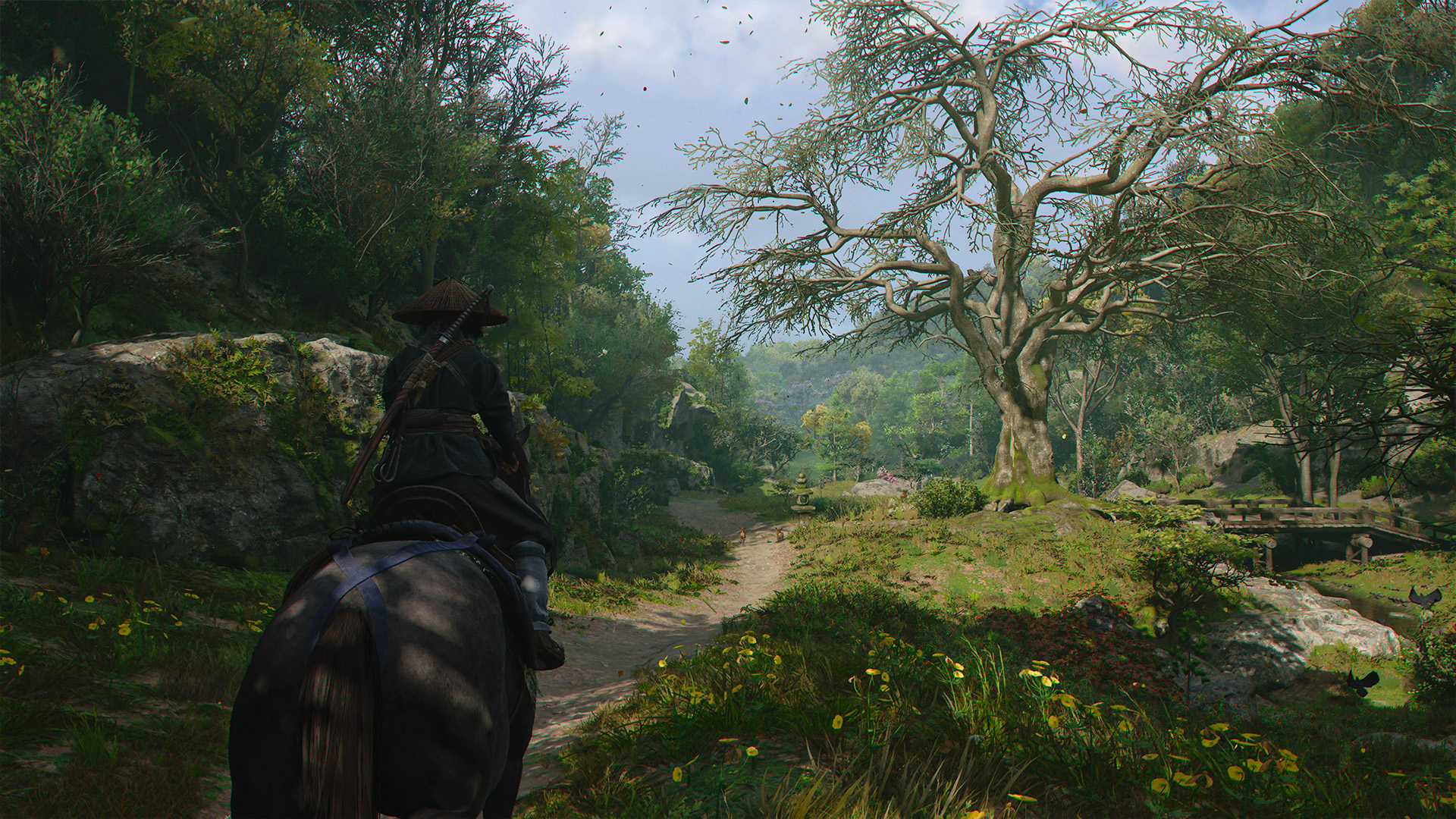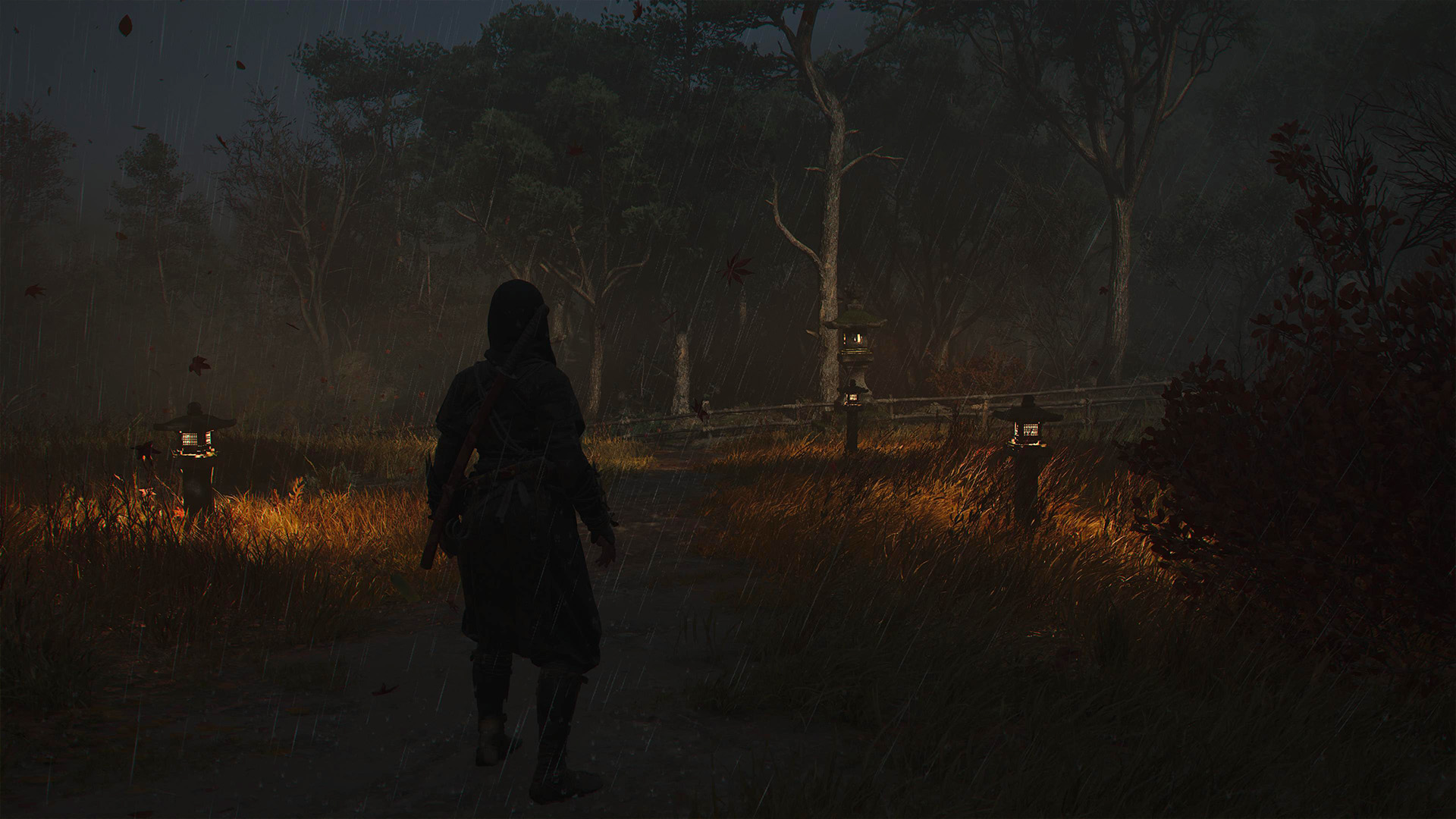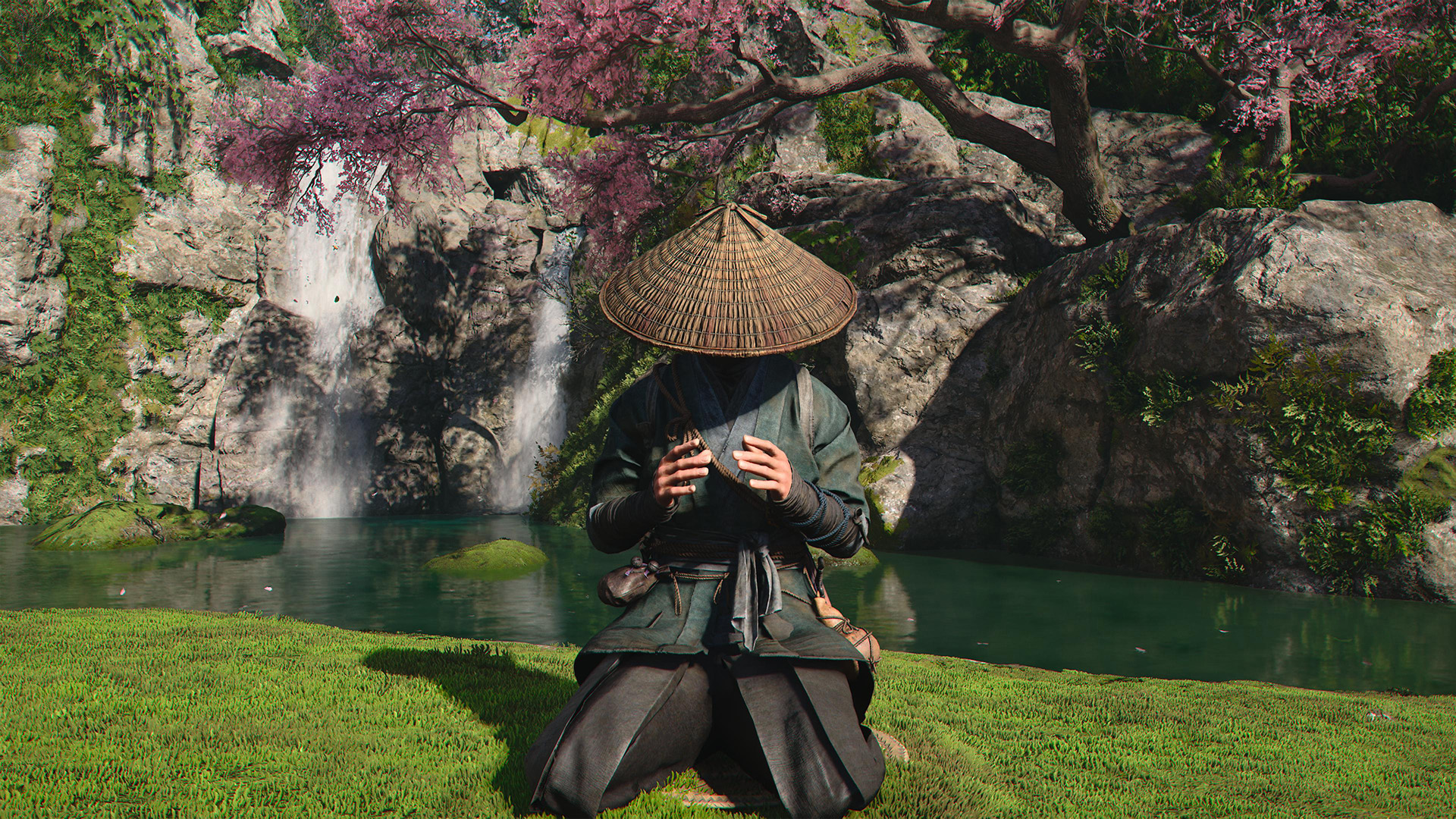This PS5 Pro game proves the best part of next-gen isn't what you expected
Ray-traced reflections might be a mirage


When this generation of consoles was first unveiled to us all, years ago at this point, one of the big selling points for the upgrade was that it would be the first to bring ray tracing to the masses. What had, until that point, been reserved for those with high-end gaming PCs and top gaming laptops would finally be achievable for mainstream gamers without too much extra expenditure.
As it turns out, though, it feels like we spent a few years chasing the wrong part of ray tracing, since it was a little more obvious and eye-catching. I'd happily admit that for a good few years, I basically treated "ray-tracing" as something that meant flashy and accurate reflections in glass and water, since that was how it was mostly shown off.
I remember booting up the next-gen update for Control, for instance, to see how developer Remedy had turned an early lobby area into a shiny mass of reflections, and thinking it was indeed very impressive. What's surprised me this month is that it seems to have taken years for a big developer to properly show people that a whole other slice of ray-tracing might actually be way more important.
If you check out Assassin's Creed Shadows on any version of a PS5 or Xbox Series X, you have a few graphical modes to choose from. If you choose the Performance mode (excluding the PS5 Pro for now), you get a game that looks like it could probably run on the PS4 if scaled back – it's nicely detailed, but the lighting is a little flat and gamey.





Turn to the Quality mode, though, and you'll immediately see a huge, seismic difference as the world becomes more vibrant and lifelike, with lighting that looks realistic and stylised all at once. This is the effect of "ray-traced global illumination" (or RTGI), and it's what we should have been concentrating on all along.
Global illumination does exactly what it sounds like – it dictates how the lighting works in an in-game environment, whether that's a small and contained level or a huge open-world like Shadows'. When you implement ray-tracing here, you basically just ensure that everything from the positioning of the sun, lamps and lights, along with weather, trees and any number of other obstructions, is reflected accurately in the lighting you see around your character.
It's a giant leap in fidelity, and it's one that Ubisoft has clearly taken its time to implement properly, rather than rushing it out in a patch for earlier Assassin's Creed titles – that Mirage didn't get it a couple of years ago is striking, for instance, in a game that also came out on last-gen consoles.
Get all the latest news, reviews, deals and buying guides on gorgeous tech, home and active products from the T3 experts
This time around, Shadows is a current-gen exclusive, and the use of ray-traced global illumination really does feel like a generational leap. If you play on PS5 Pro, meanwhile, you'll be playing the only console version that can keep RTGI and run at 60 frames per second, a supremely impressive combination.
Regardless of your choice of hardware, though, I can only hope that this brilliant bit of graphical work from Ubisoft has made other developers sit up and pay attention. While reflections are still eye-catching, the overall effect of RTGI seems vastly more impactful to me, and if we can expect it from the likes of GTA 6 and Ghost of Yotei, then the second half of this console generation could be where we really feel like new graphical thresholds are being surpassed.

Max is T3's Staff Writer for the Tech section – with years of experience reporting on tech and entertainment. He's also a gaming expert, both with the games themselves and in testing accessories and consoles, having previously flexed that expertise at Pocket-lint as a features editor.
You must confirm your public display name before commenting
Please logout and then login again, you will then be prompted to enter your display name.
